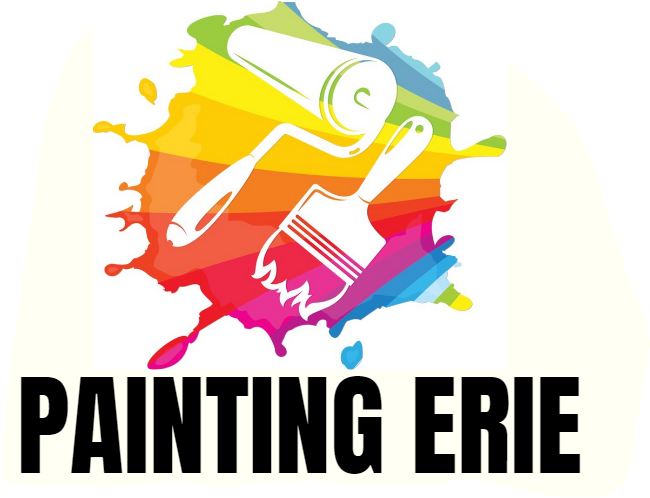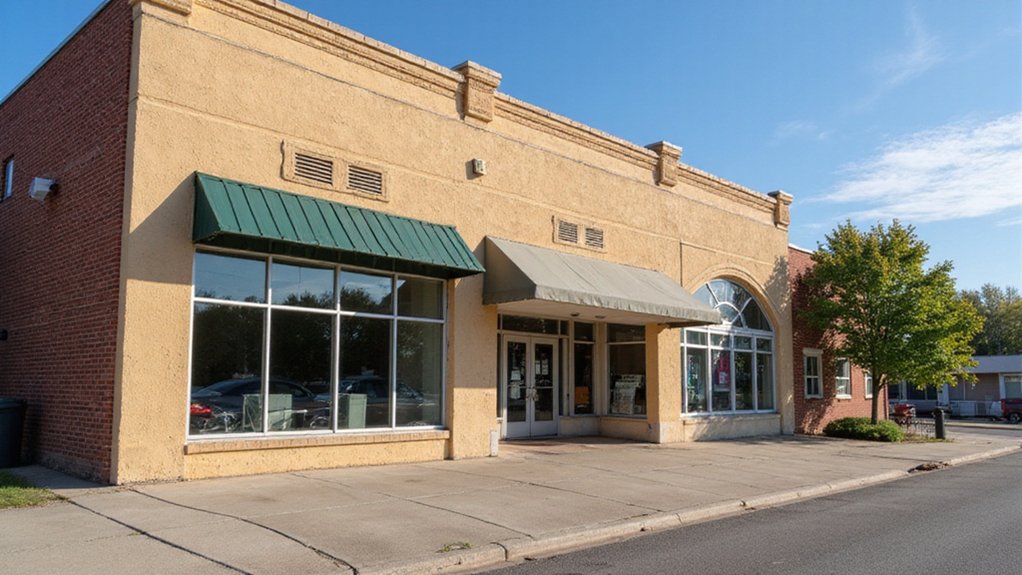As a commercial property owner in Erie, you’re likely wondering how often to repaint your building to maintain its appearance and protect it from the region’s harsh climate. The answer depends on various factors, including your property’s unique characteristics, building materials, and level of foot traffic. By understanding these influences, you’ll be able to determine the ideal repainting frequency for your property, and create a proactive maintenance schedule that saves you time and money in the long run.
Assessing Your Property’s Unique Needs
What specific challenges is your commercial property in Erie facing when it comes to its exterior appearance? As a property owner, it’s vital to identify these challenges to determine the best course of action for maintaining your building’s exterior.
A thorough exterior condition assessment can help you pinpoint areas that require attention, such as peeling paint, rusting metal, or damaged trim. By executing regular assessments, you can develop a proactive approach to address these issues before they escalate into costly repairs.
Establishing a regular maintenance schedule is imperative in extending the lifespan of your property’s exterior components. This schedule should include tasks such as cleaning, inspecting, and repairing or replacing damaged elements. By understanding your property’s unique needs, you can create a personalized maintenance plan that guarantees your building looks its best and maintains its value.
Additionally, regular exterior painting can significantly contribute to protecting your property from harsh weather conditions and other environmental factors. A new coat of quality exterior paint can help shield your building from sun, rain, and temperature changes.
Factors Affecting Repainting Frequency
As you maintain your commercial property’s exterior, you’ve likely noticed that repainting is a recurring necessity. Several factors influence how often you should repaint, and understanding these factors is indispensable to maintaining your property’s appearance and integrity.
Weather conditions, such as harsh sunlight, heavy rainfall, or extreme temperatures, can cause paint to deteriorate faster. High-traffic areas, like entrances and walkways, may require more frequent repainting due to increased wear and tear. Additionally, the type of paint used, the surface preparation, and the quality of the initial paint job can all impact the frequency of repainting.
Moreover, consider the impact of your property’s appearance on tenant satisfaction and your brand image. A well-maintained exterior can improve your reputation and attract potential clients, while a neglected exterior can have the opposite effect. Investing in professional painting services with certified local contractors ensures lasting results and enhances your property’s aesthetic appeal.
Building Type and Material Considerations
When repainting your commercial property in Erie, you’ll need to ponder the building type and material factors that affect paint performance. Different exterior building materials require unique painting preparation methods to guarantee a durable and long-lasting finish.
For instance, wood siding may need to be power washed and sanded to remove dirt and old paint, while metal siding may require a rust-inhibiting primer. Similarly, stucco and concrete buildings may require an elastomeric coating to bridge hairline cracks and prevent water seepage.
Climate and Environmental Factors in Erie
Erie’s unique climate and environmental factors profoundly impact the performance and longevity of your commercial property’s paint job. As a commercial property owner, you need to contemplate the effects of seasonal weather patterns on your property’s exterior.
Lake-effect snow: Heavy snowfall can cause moisture to seep into the paint, reducing its lifespan.
Humid summers: High temperatures can lead to paint fading, chalking, and cracking.
Air quality concerns: Poor air quality can cause dirt and pollutants to accumulate on the paint, regular cleaning and maintenance are essential.
Understanding these factors will help you determine the best painting schedule for your commercial property. By taking into account Erie’s climate and environmental conditions, you can guarantee a longer-lasting paint job that maintains your property’s appearance and value.
High-Traffic Areas and Heavy Usage
You’ve invested in a durable paint job, but high-traffic areas and heavy usage can quickly diminish its appearance. High-traffic zones, such as entranceways, hallways, and break rooms, require more frequent touch-ups to maintain a professional image.
Implementing regular cleaning routines, including gentle scrubbing and spot cleaning, can help prevent dirt and stains from building up and reduce the need for frequent repainting. When selecting a paint, consider a color that will hide minor scuffs and marks, such as a warm beige or light gray. These colors can also help to conceal dirt and stains, reducing the appearance of wear and tear.
Budgeting for Repainting and Maintenance
Set aside a dedicated fund for repainting and maintenance to avoid dipping into your operational expenses. This fund will help you budget for the inevitable wear and tear on your commercial property in Erie.
- Lease costs: Factor in the cost of repainting into your lease agreements to guarantee that tenants understand the importance of maintenance.
- Operating budget: Allocate a portion of your operating budget towards repainting and maintenance to preclude unexpected costs from cropping up.
- Emergency fund: Set aside an emergency fund to cover unexpected repairs or maintenance that may arise between scheduled repaints.
Creating a Customized Repainting Schedule
Developing a customized repainting schedule is crucial to preserving its appearance and safeguarding your investment. You’ll want to consider various factors, including the exterior color selection, which can greatly impact the overall aesthetic of your commercial property.
Additionally, paint quality considerations are vital, as high-quality paint can withstand the harsh Erie weather conditions, while low-quality paint may require more frequent repainting.
You should also take into account the level of foot and vehicle traffic your property receives, as high-traffic areas may need more frequent repainting. Furthermore, if you’ve made changes to your property, such as adding new signage or renovations, you’ll need to factor those in when creating your repainting schedule.
Frequently Asked Questions
Can I Repaint Over Existing Paint Without Preparing the Surface?
You shouldn’t rush to repaint without addressing surface preparation requirements, as skipping this step can lead to poor paint adhesion concerns, fundamentally affecting the new coat’s durability, so take the time to properly prepare the surface before repainting.
Will a New Coat of Paint Increase My Property’s Energy Efficiency?
You’ll be happy to know that a new coat of paint can contribute to increased energy efficiency, but it’s not a substitute for insulation upgrades and energy-efficient windows, which will have a more significant impact on your property’s overall energy performance.
Do I Need to Hire a Professional Painter or Can I DIY?
You’re evaluating DIY painting considerations, like cost savings, against professional painting benefits, like proficiency and time efficiency. While you can DIY, hiring a pro guarantees a high-quality finish, reducing future repairs and creating a welcoming space that makes clients feel valued.
Can I Use a Single Coat of Paint for Interior and Exterior Walls?
You’ll need to ponder paint coverage requirements and select the right paint for each surface, as a single coat may not provide adequate coverage, and exterior paint differs from interior paint regarding durability and finish.
Will Repainting My Property’s Exterior Affect Its Resale Value?
You’ll elevate your property’s resale value by repainting the exterior, which creates an increased home appeal and improved curb side impression, making your property stand out from the competition and attracting potential buyers.

